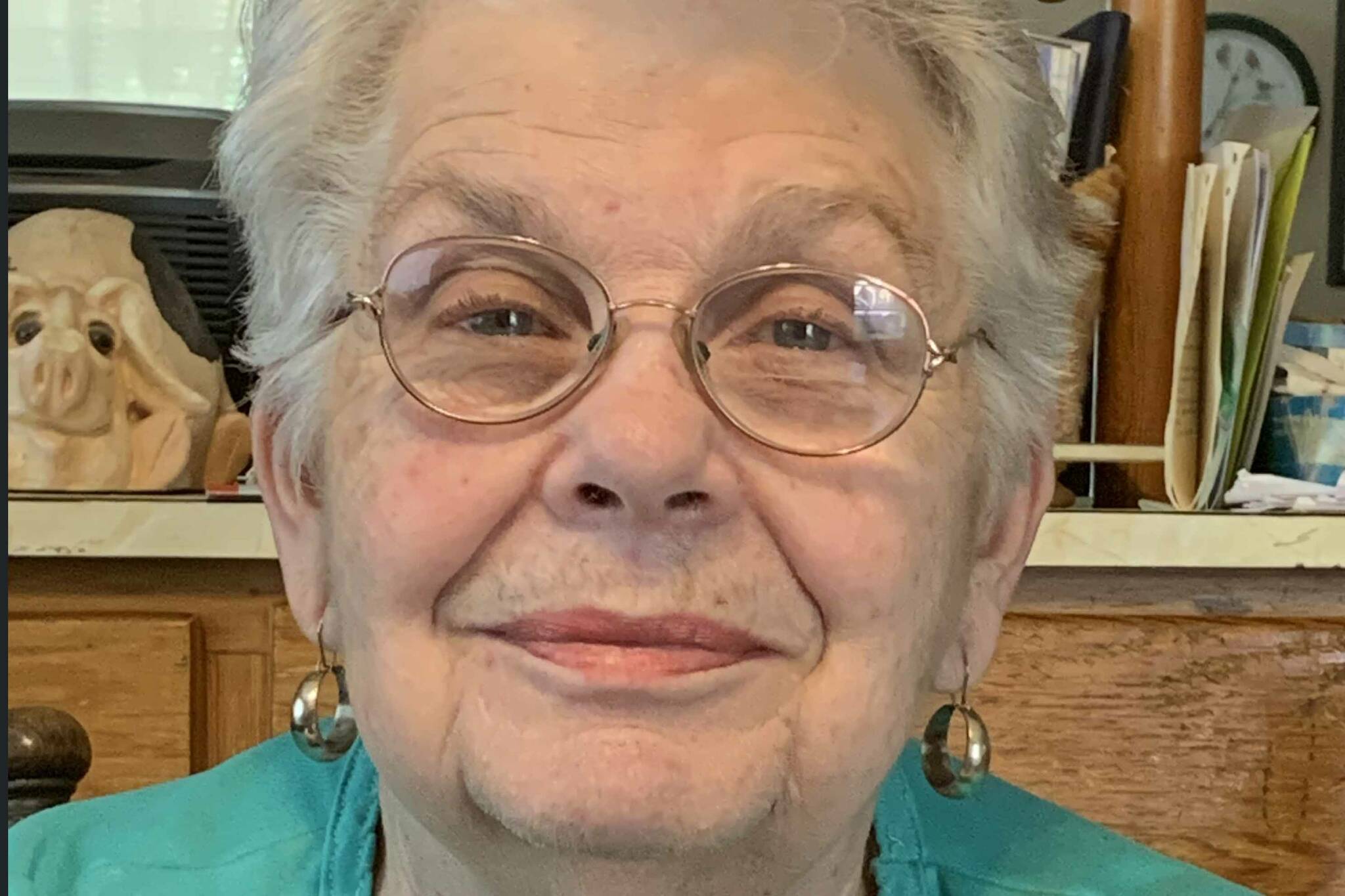We have been watching a lot of old movies this winter. Mostly westerns. Lots of John Wayne, Clint Eastwood, some Randolph Scott and Robert Taylor (don’t you dare say “WHO?”).We even saw Joan Crawford and Mercedes McCambridge pitted against each other in “Johnny Guitar,” a 1954 social statement pretending to be a Western.
We saw “Stagecoach” — the first movie John Wayne was ever in — and later, “The Shootist” — the last one he made. And probably all of his Westerns in between. It was interesting to watch his growth as an actor (he was a pretty good actor when he wasn’t playing John Wayne) and also seeing him grow old. It was 40 years between first and last. He carried it well, and realistically.
A certain segment of today’s society probably doesn’t like or approve of these movies. They were sexist, and by today’s standards, racist. I enjoyed them but I was only about 10 or 11 then. Watching them now reminds me of when I was a kid going to movies and cheering on the good guys and being happy when the bad guys got beat up and captured. I am a little too young for the actual Boo, Hiss club, but I’m sure the feeling was the same.
Sometime in the early ’60s, movies became “relevant” and we were expected to think while we watched. No more cheering on the good guys, because you were not real certain who the good guy was. Some great Westerns came out in the ’60s — all the Spaghetti Westerns, the original “Magnificent Seven,” “The Man Who Shot Liberty Valance” — to name only a few. Good movies, but not ones you could lose yourself in on a Saturday afternoon throwing popcorn at the screen and yelling at the hero to watch out!
We saw both versions of “Magnificent Seven.” Both were good but told from 50-plus years different perspective. The original movie was a remake of “Seven Samurais,” a 1954 highly acclaimed Japanese film. The 1960 remake was also lauded as one of the best Westerns ever made. Yul Brynner and Charles Bronson and their buddies in that version saved the village within the constraints of ’60s movie-making; i.e. limited violence shown on screen (although that was changing) and the bad guy gets his. Then the good guys ride off into the sunset, but one goes back and gets the girl.
Denzel Washington and Chris Pratt, et al, in the remake of the 1960 movie (but not necessarily of “Seven Samurais”) didn’t have that same restraint in 2016. The village was saved, but we saw every bullet fired hit its mark and splatter bad guy blood, and that of some of the good guys, too. It also made its bow to equality as the Seven were much more diverse than the original group, incorporating not only the Black leader of the gang, but a Comanche warrior and a Latino gunslinger. This movie was possibly the last Western made until this year’s “The Power of the Dog,” which is the adaptation of a late-1960s novel and is in contention for best picture.
Many Westerns were/are adaptations of novels, some good, some not so. “True Grit” was a loose retelling of the 1968 book, which has been acclaimed as “the great American Novel.” The 1969 version with John Wayne earned him an Oscar for Best Actor for his portrayal of Rooster Cogburn. That movie was a good John Wayne movie, but the 2010 version with Jeff Bridges was a much closer adaptation of the story, and offered a better view of Mattie Ross, the narrator, and a truer picture of Rooster Cogburn as written by the author.
Both were good movies, in my opinion. The first gave us the iconic Rooster Cogburn who lived to make another movie with Katherine Hepburn who also portrayed an independent female character, as Mattie Ross was. The later version gave a more rounded view of all the characters and a less romantic, more realistic, picture of life at the time.
We haven’t watched a movie in the theater for years. Probably since Granddaughter #7 stopped asking us to take her to the movies. She’s 23, so it’s been awhile. Maybe “Frozen” was the last and she didn’t sit with us. We were the taxi service.
It has become too easy to watch movies on T.V. We are not the preferred audience any longer nor the demographic that spends the money. Neither of us is a fan of the superheroes, so the current hit movies are not in our realm. I don’t think I care, except I worry about turning the world over to a generation whose hero is Spider Man rather than The High Plains Drifter.

